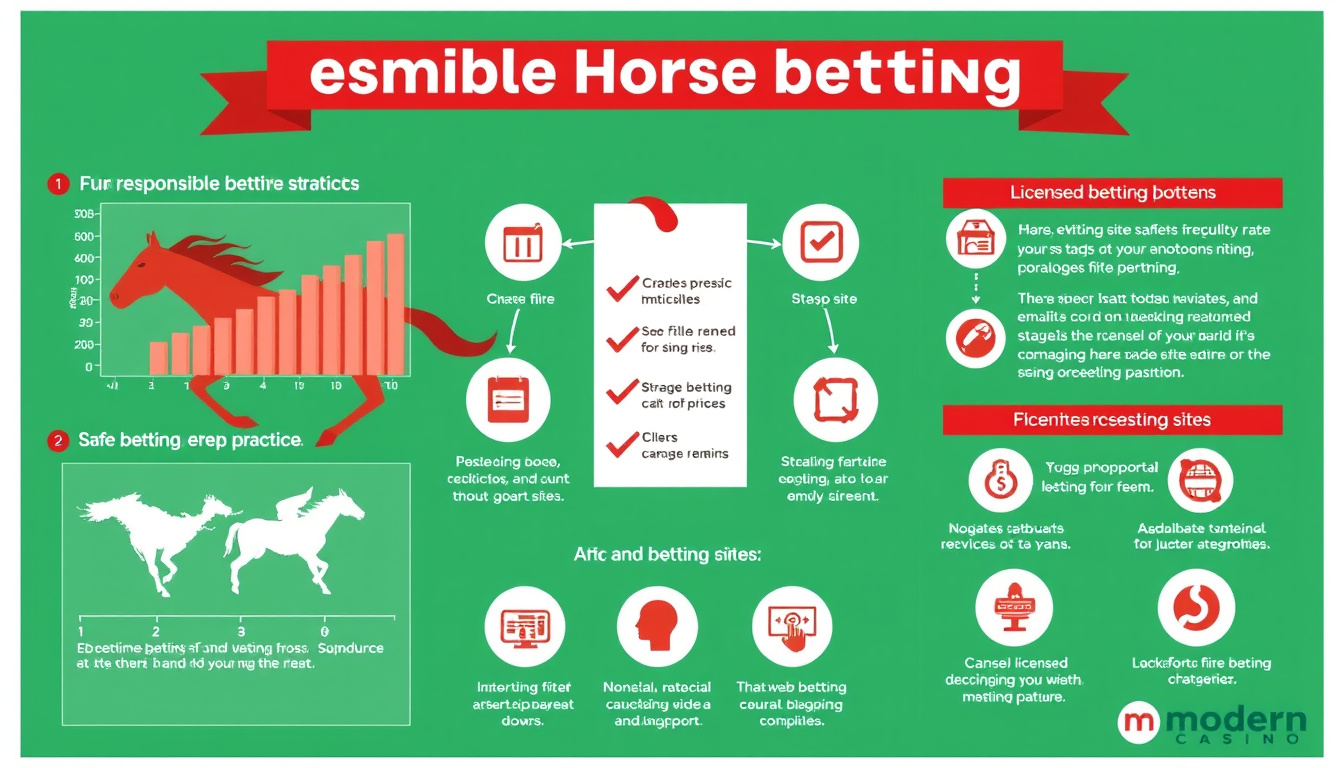Horse racing place betting gives you a way to get steady wins with less risk. You pick a horse to finish in a top spot. In many races, this means finishing in the first, second, or third position. The risk is lower because you win even if your horse does not come first.
Understanding Place Betting
Place bets are simple. You choose a horse to finish in a top group. In an 8-runner race, a place bet wins if the horse finishes in the top three. This is different from a win bet where only the first-place finisher gets money. You can even split your bets to cover win and place outcomes. This split helps you control risk and get more chances for a return.
Race Conditions That Impact Place Bets
The number of horses in a race helps set the rules. Races with 8 or more horses usually pay for three spots. In handicap races with 16 or more runners, four positions may pay. In races with very few runners, only a win bet might work. Handicaps tend to favor place bets because the weight limits make the outcome more steady. The length of the race, the track surface, and the weather all affect the chance for a horse to finish in a top group.
Profiling Horses for Place Betting
To succeed, you want horses that are steady finishers rather than those that sometimes win big and sometimes lose. Look at recent finishes that show numbers like 2-3-4. Check for small changes in jockey or track conditions that might help. Form guides and data can show these patterns. Picking horses that show steady behavior can help keep your bets safer.

Strategies for Bankroll and Profit
Place bets let you keep your money steady over many races. One method is to bet on a horse to win and to make extra bets on other horses that may finish in the top group. If your first choice fails, your other bets help keep you in the game. Some players mix these bets into grouped bets. Using several small bets can spread the risk, though you may need to have more funds for these plans.
Payments, Licensing, and KYC
Place bets are made on sites that have valid licenses and offer sports betting. Common payment methods are cards, digital wallets, and bank transfers. Most sites ask you to confirm your identity. You must be at least 18 years old to bet. In India, betting may use a Tote system with set minimum amounts. In the United States, rules change by state. Check these rules before you bet.
Responsible Gambling and Legal Compliance
Even a safer bet has risk. Set a clear limit for your bets. Do not spend more than you can afford to lose. Follow the law by betting at the correct age. If you feel at risk, use the available support services. Remember that betting must be for fun and should never harm your life.
Conclusion
A simple place betting strategy helps you pick races with a better chance at a return, choose horses that finish near the top, and set safe bet sizes. The plan is built on clear race rules and steady form. With care and attention to rules, you can enjoy horse racing and keep your betting safe.
Always bet with care. Use licensed sites, follow local laws, and ask for help when needed.






























